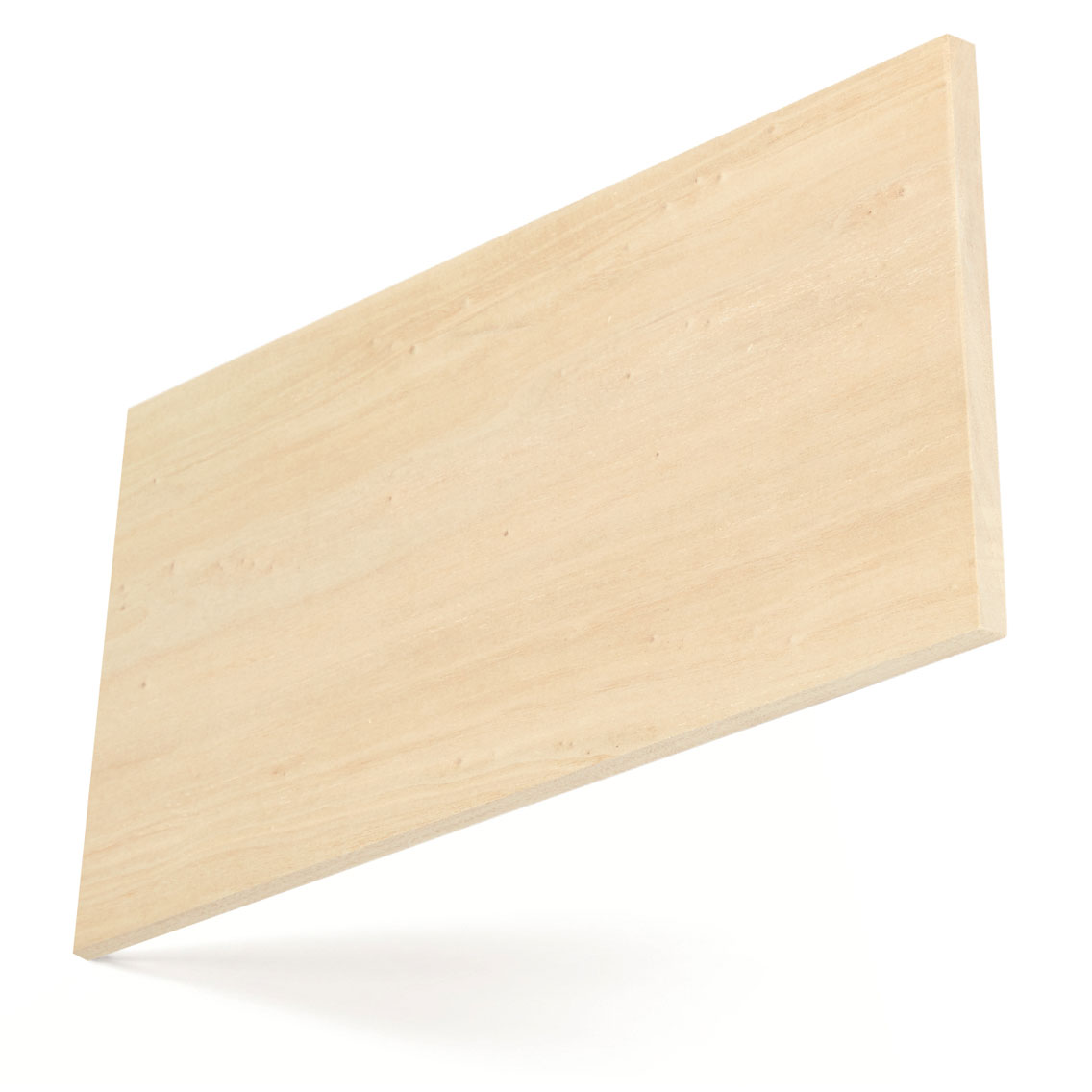American cottonwood
American eastern cottonwood is one of many true poplars, such as aspen, but requires expertise to use successfully.
Latin Name
Populus deltoides
Other Common Names
eastern cottonwood, eastern poplar

Forest Distribution
American eastern cottonwood trees are fast growing and the largest of this genus grows widely across the USA and is normally associated with water. They can be up to 8 feet in diameter. Cottonwood may be referred to as white poplar and should not be confused with tulipwood, known as yellow poplar in the USA.
FOREST GROWTH
FIA data shows U.S. cottonwood growing stock is 236 million m3, 1.5% of total U.S. hardwood growing stock. U.S. cottonwood is growing 4.3 million m3 per year while the harvest is 1.8 million m3 per year. The net volume (after harvest) is increasing 2.6 million m3 each year. American cottonwood growth exceeds harvest in all the main producing states except Maine (where it is mainly planted in urban areas), Nebraska and Texas. Cottonwoods are declining in some semi-arid areas of the U.S. due to drought, invasion of exotic species and overgrazing.
LCA Tool
seconds
Material Availability
American cottonwood is available as sawn lumber and veneer but may only be available in limited volumes of export specifications, determined by current export demand. Cottonwood lumber is mainly available from southern producers predominantly in 4/4” (25.4mm) and 5/4” (32mm), where it needs to be processed quickly when freshly cut (green) to avoid checking and blue staining.
Wood Description
Cottonwood is a porous wood with a coarse texture. It is generally straight grained with relatively few defects. The sap is white, but may contain brown streaks. The heartwood is pale to light brown.
Mechanical Properties
The wood of cottonwood is relatively lightweight and soft. It is weak in bending and compression as well as shock resistance. Cottonwood has no taste or odour when dry.
-
0.4
Specific Gravity (12% M.C.)
449 kg/m3
Average Weight (12% M.C.)
11.30%
Average Volume Shrinkage (Green to 6% M.C.)
58.608 MPa
Modulus of Rupture
9,466 MPa
Modulus of Elasticity
33.854 MPa
Compressive strength (parallel to grain)
1,913 N
Hardness
Oiled / Un-Oiled Appearance


Performance
- Cottonwood presents some machining challenges, which can be overcome. The wood may produce a fuzzy or woolly surface when cut, so it is essential to use sharp blades set at the correct angle to avoid this problem. Otherwise it glues and screws well without splitting. It dries easily but with a tendency to warp, with small movement in performance.
- The wood is non-resistant to decay.
Main Uses
Traditionally used for venetian blinds, American cottonwood is used for furniture, especially reproduction furniture and furniture parts. Other uses include internal joinery and mouldings.